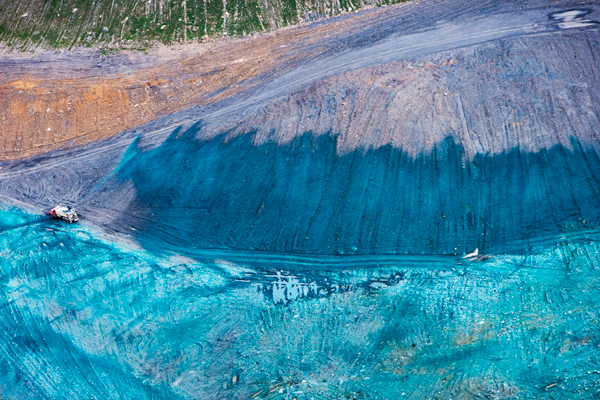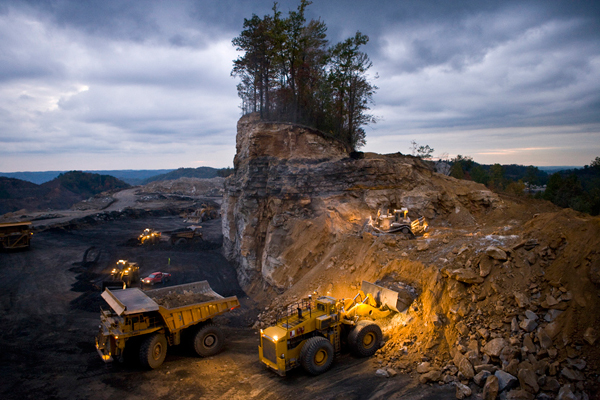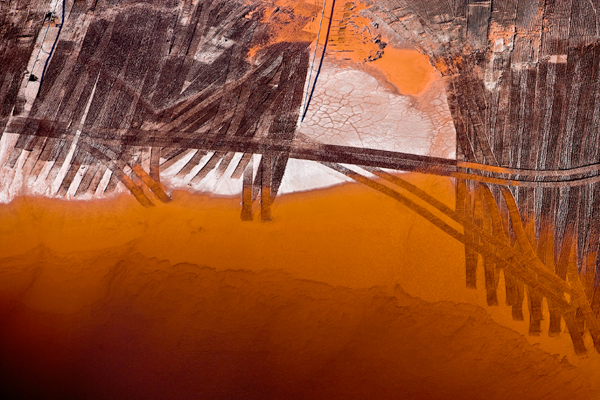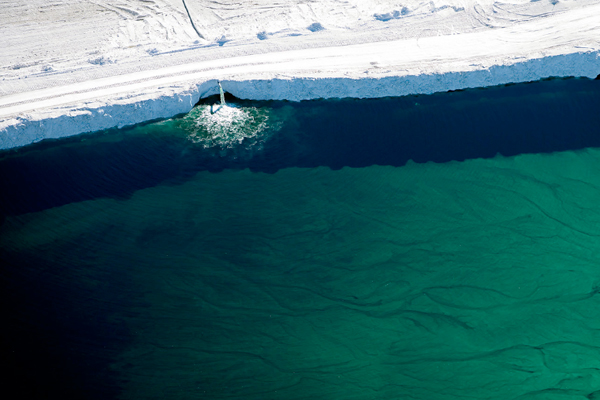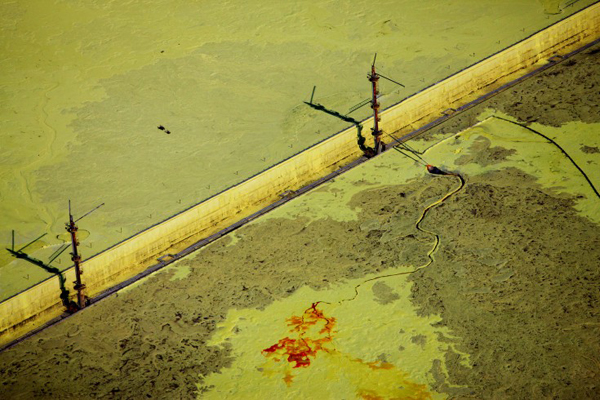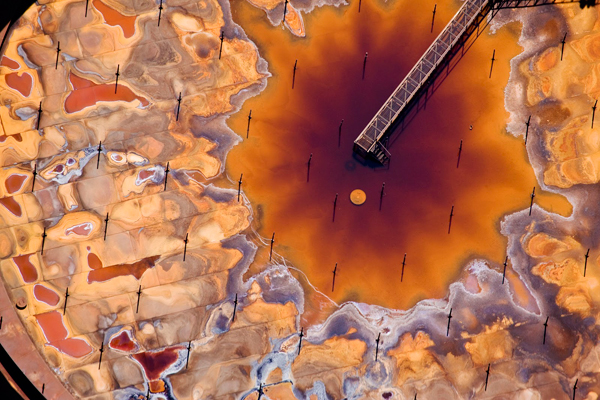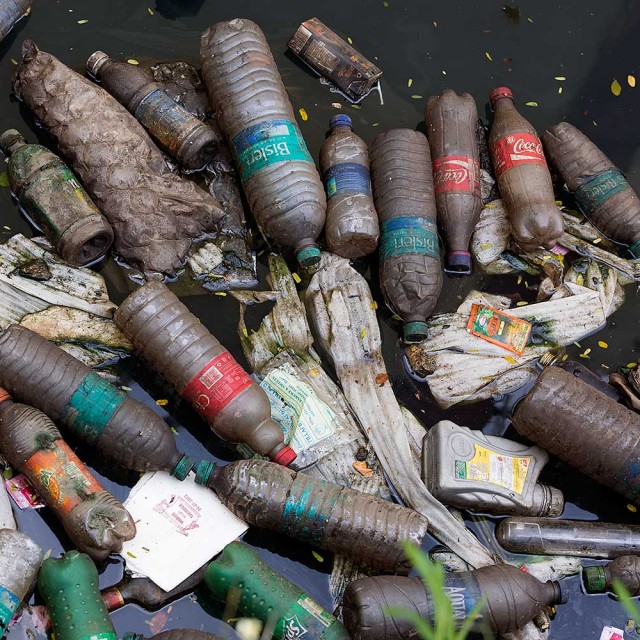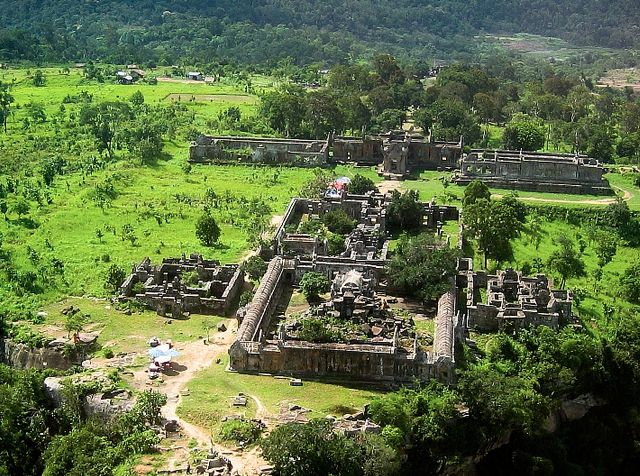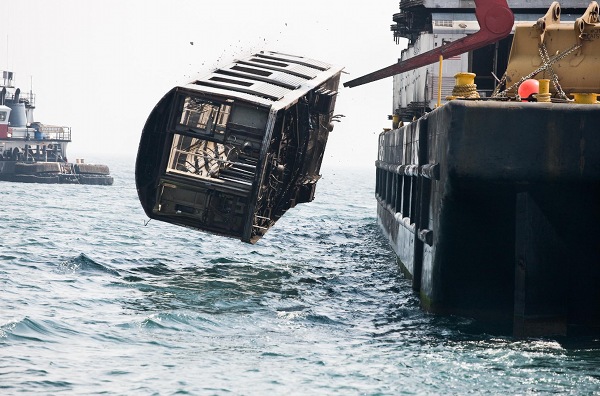The Scars Of Our Planet.
Our lifestyle encourages the lust for minerals. The industrial growing of fuel – and extractive materials interferes nature and leaves deep tracks on our earth’s surface.
Earth’s treasures are unevenly spread; some lie deep in the crust (unattainable for humans), others slumber near the surface. This means bad luck for environmentalists and blessings for the extractive industry. They approach with heavy machines and rip the landscape apart.
The American photographer J. Henry Fair displayed some of these scars in a fantastic photo series called “Industrial Scars”, for which he is well known around the world. Apart from being a photographer, he is also an environmental activist and co-founder and director of the Wolf Conservation Center (WCC). The WCC promotes wolf conservation by teaching about wolves, their relationship to the environment, and the human role in protecting their future. He works for environmental organizations such as NRDC, Rainforest Alliance or Greenpeace.
About his work he states:
“My work is a response to my vision of society. I see our culture as being addicted to petroleum and the unsustainable consumption of other natural resources, which seems to portend a future of scarcity. My vision is of a different possibility, arrived at through careful husbandry of resources and adjustment of our desires and consumption patterns toward a future of health and plenty. To gear our civilization toward sustainability does not necessitate sacrifice today, as many naysayers would argue, but simply adjustment. There are many societies existing at present that have a standard of living at least as high as ours while consuming and polluting a fraction of what is the norm in the United States. As an artist with a message, one asks oneself: how do I translate my message to my medium such that it will effect the change I want?
At first, I photographed “ugly” things; which is, in essence, throwing the issue in people’s faces. Over time, I began to photograph all these things with an eye to making them both beautiful and frightening simultaneously, a seemingly irreconcilable mission, but actually quite achievable given the subject matter.”
Here are some of his photos (my personal favourite):
